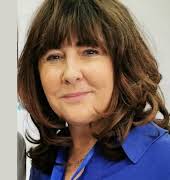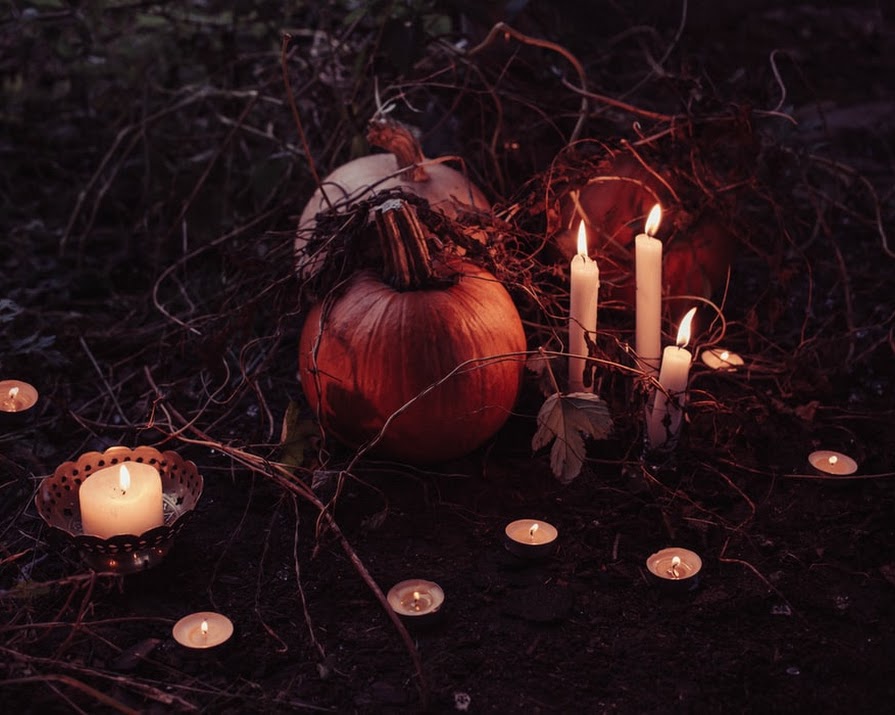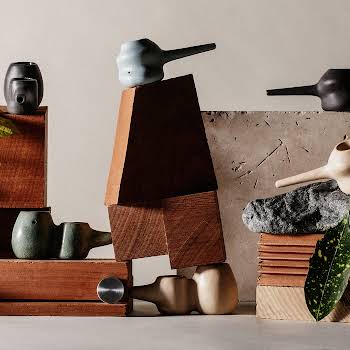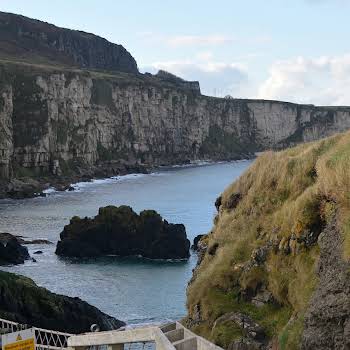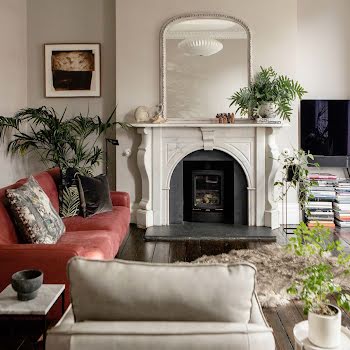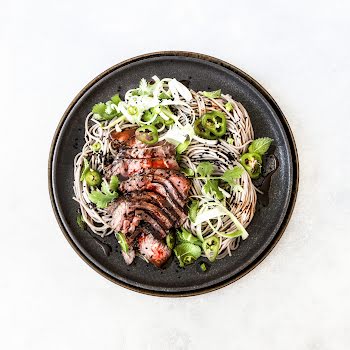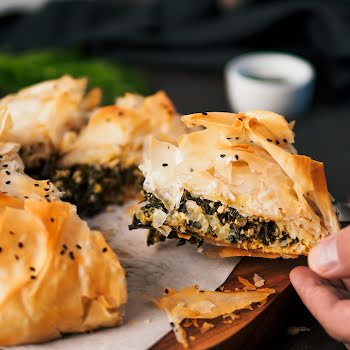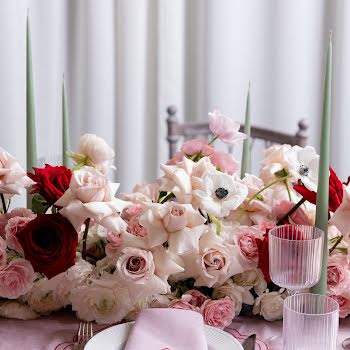
No pumpkins in sight: how the Irish celebrated Samhain long before Halloween
By Erin Lindsay
30th Oct 2023
30th Oct 2023
Surrounded by pumpkins patches and spice lattes, you'd be forgiven for thinking that Halloween night is a very American affair — but the festival of Samhain stretches much farther back.
Hallowe’en, All Hallows Eve, or, as we like to call it, Samhain — the celebration of Halloween actually dates back to the ancient Irish festival of Samhain, which celebrated the end of summer and the end of the harvest. While we may be familiar with Americanised holiday traditions, the origins of the festivities are a lot closer to home.
Samhain is considered to be the earliest known root of what we now call Halloween. It was celebrated as a turning point in the year, as it was the mid-point between the summer and winter solstices, and the time when the seasons changed. As a time of changing over, many believed that time stood still on this night and that the natural order of the world was thrown off. It was a time when the boundaries between the world of the living and of the dead were thought to be at their thinnest.
Samhain was a time to communicate with the dead, and where spirits could pass over and walk among the living — and not all the spirits were nice ones. Many believed that mischievous or evil spirits would pass over into the living world and cause havoc, even kidnapping people to take back to the world of the dead.
Irish traditions
As a result, Irish people adopted a lot of traditions to accommodate the spirits, and keep themselves as safe as possible on Halloween night. Pumpkin carving, for example, comes from Irish people carving faces into turnip lanterns (pumpkins don’t grow here, unfortunately!) to ward off evil spirits.
The tradition of dressing up in a costume and trick-or-treating stems from people dressing up as the souls of the dead to go out and recite songs or verses in exchange for food, and offerings for the spirits. Some historians also think that people dressed up in costume to confuse evil spirits to keep them away.
Food, as it does now, also played a big part in Samhain celebrations in Ireland. Offerings of fruit and nuts would be left outside homes to appease spirits, and after a household had had a ritual to show respect to the dead, they would have parties and celebrations with food and drink. Barmbrack, for example, was a food to celebrate the time of year, as it was filled with fruits of the harvest. It was also traditionally filled with objects to tell the fortune of those who ate it — a ring for marriage, a coin for wealth and a pea for bad luck.
And finally, love them or hate them, bonfires played a huge part in Samhain celebrations too. The tradition began with a celebration that took place at Tlachtga Hill in the Boyne Valley. Historians say that, on Halloween night, people would extinguish their own hearth fires and make their way to Tlachtga, where a huge Samhain fire would be lit, signifying the birth of the new year. It would also signify that household fires could be relit and that the spirits of dead ancestors could be welcomed into the home safely.
The Irish traditions of Halloween are vast and varied, and, as thousands emigrated abroad over the centuries, they brought these traditions all over the world. Now, we celebrate with sweets, pumpkins and scary movies, and don’t focus as much on mischievous spirits!
This article was originally published in 2020.

